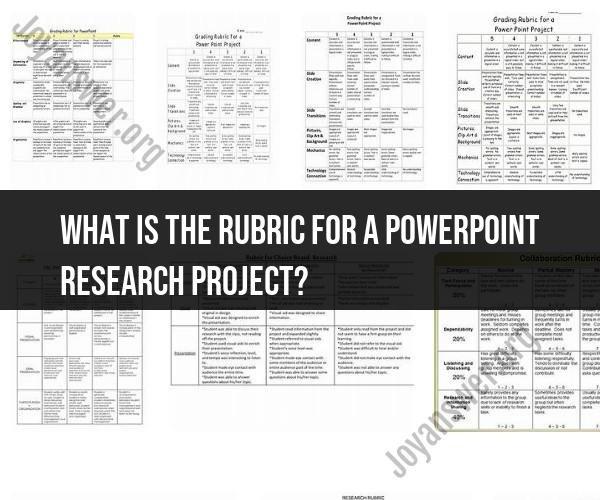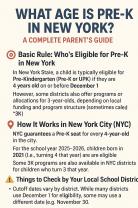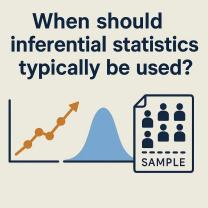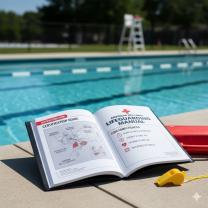What is the rubric for a PowerPoint research project?
The rubric for a PowerPoint research project can vary depending on the specific requirements and expectations set by your instructor or institution. However, a typical rubric for grading a PowerPoint research project may include the following categories and criteria:
Content (40 Points):
- Research Depth (10 Points): The extent to which the project demonstrates thorough research on the topic, including the use of relevant sources, data, and evidence.
- Clarity of Research Question or Thesis (10 Points): How well the project presents a clear and focused research question or thesis statement.
- Organization of Content (10 Points): The logical flow and organization of information, including the introduction, main points, and conclusion.
- Relevance of Information (10 Points): The degree to which the content is relevant to the research topic and supports the thesis or research question.
Visual Design and Delivery (30 Points):
- Slide Layout and Design (10 Points): The visual appeal and clarity of slide layouts, including the use of images, graphs, charts, and text.
- Consistency (5 Points): The consistency of design elements (e.g., fonts, colors, formatting) throughout the presentation.
- Use of Visual Aids (5 Points): The effectiveness of visual aids in enhancing understanding and engagement.
- Delivery and Presentation Skills (10 Points): The presenter's ability to effectively communicate and engage the audience, including speaking confidently, maintaining eye contact, and using appropriate tone and pace.
Research and Citation (20 Points):
- Source Credibility (10 Points): The credibility and reliability of the sources used, including academic journals, books, and reputable websites.
- Citation and Documentation (10 Points): The proper citation of sources within the presentation and adherence to a recognized citation style (e.g., APA, MLA).
Creativity and Engagement (10 Points):
- Creativity (5 Points): The use of creative elements that enhance the presentation's engagement and memorability.
- Audience Engagement (5 Points): The level of engagement and interest generated in the audience through the presentation.
Overall Organization and Mechanics (10 Points):
- Clarity of Language (5 Points): The clarity and conciseness of language used in the presentation.
- Grammar and Spelling (5 Points): The correctness of grammar, spelling, and punctuation throughout the presentation.
Overall Presentation (100 Points):
- Total Points Earned (out of 100): The sum of points earned across all categories.
Keep in mind that the specific rubric criteria and point allocations may vary based on the instructor's preferences and the complexity of the research project. It's essential to review the rubric provided by your instructor or institution to ensure you understand the specific expectations for your PowerPoint research project. Adhering to the rubric guidelines and seeking clarification if needed will help you meet the grading criteria and expectations for your presentation.












